“Driving the Jaguar had to be one of the most unexpected experiences I’ve ever had. By unexpected I mean every time I thought the car was going to do something it managed to surprise me. Even by the time I thought I had mastered the car it managed to do something new.
From the way it moved and turned to how fast it felt like going, no two presses of the gas pedal were the same, even if the roads were.
When I first took a look at the Jag I knew it needed to move, it just had that impatient feeling to it. So when I sat as the driver for the first time I shouldn’t have been surprised when it jolted forward at what felt like 100 mph.
It was easy to go fast but it was hard to keep myself from letting it. This car is one of a kind and it wasn’t meant for the backlot storage place we were in; I can’t wait for the next big adventure in this car — or any car my dad shows up with.” – Bradley Martin, after driving the SCM 1971 Jaguar V12 coupe automatic for the first time.
I have been teaching friends to drive stick-shift cars since my sophomore year at Reed College in Portland, OR, when friend Tina Johnson (now married to Dennis Etcheverry at Norman Racing), learned to use a clutch on my 1963 Alfa Romeo Giulia Spider Normale. I recall there was no small amount of crunching and lurching involved on her path to competency.
My efforts with my own children and stepchildren have left quite an automotive debris field.
The various cars that my children have brought to their demise include a Fiat 124 Spider that had the front end knocked off by a drunk driver who ran a stop sign, and a BMW 320i that did a 360 when it hit ice on the freeway and managed to slap both guardrails. Then there was the 1965 VW Beetle that mysteriously rolled over “when a dog ran in front of the car and we tried to avoid it.” The empty beer cans in the back seat were an interesting component of the incident.
In all of my previous training sessions, I have taught kids how to first drive on a manual shift car. It was the “manly way” to do it.
Then I read an article in the New York Times that had data to back up the assertion that kids had fewer accidents when they first learned on an automatic. Once they had basic driving skills under their belts, they added shifting to their multitasking challenges.
I’ve taken a different path with Bradley. He will be 15 and eligible to take his driving permit test in two weeks. So far he has had seat time in five of our automatics – the Jag, the 1991 Alfa Spider, the 2000 Land Rover Discovery II, the 2004 Mercedes SL55 AMG and our 2021 Hyundai Sonata.
His driving sessions have been in large, abandoned parking lots on weekends.
In contrast to previous episodes when my child was trying to master three pedals along with gear selection, turning, stopping and accelerating, our time together has been simple and pleasant. Without having to worry about shifting, he can focus on just being comfortable behind the wheel. We practice starting and stopping, going around turns, and backing up into parking spaces.
Not once have I become aggravated or lost my cool during the process. That was not true in previous teaching situations, when a clutch pedal and my emotional stability were intertwined.
Bradley is forming his own opinions about the way each car speaks to him. He is fortunate to be exposed to so many automotive languages and have to decode each one.
Once he has his permit, I will gently introduce him to driving in quiet neighborhoods, where he can put into practice what he’s learned from the Driving Theory Test available at https://www.driverknowledge.co.uk/theory-test-practice/. This way, he can gain valuable experience navigating stop signs, intersections, and sharing the road with others.
He is eager to be taught by Whakatane Driving school to drive a manual, but he knows that time will be coming soon enough.
In one of my automotive fantasies, Bradley will be on our tours, driving the 1965 Giulia Spider Veloce or the 1967 Duetto. I will get to be the proud dad watching him develop his classic-car skill set.
He has cast covetous eyes on the 2006 Lotus Elise, but my daughter Alexandra is having none of that. Turf wars are turf wars, after all, and in this case she has cast her claim.
Bradley will be one of the few kids his age who has had experience with analog cars. He knows what a choke is and how to use it, and he practices watching the oil, temperature and battery gauges while driving the Jaguar.
I have no idea how his life and career will play out. I don’t have expectations that he will be involved with automobiles. His heart will guide him as he grows and finds out which beacons call to him.
But me, I am having the time of my life. Our driving sessions have been conflict-free and rewarding. When finished, we always go to a nearby McDonald’s where he can get a Quarter Pounder with Cheese. Of course, we both eat our meals in the cars.
There may be points deducted at future shows when they find dried-up French fries under the seats, but I’m good with that.
I’m hoping he has his permit in time to do some driving on the SCM 1000 in July. When he turns 16, my assumption is that his first solo trips will be behind the wheel of the Hyundai. It is our safest car, by far, and for young, inexperienced drivers, safety is everything.
I’m looking forward to his first encounter with the manumatic (BVH) gearbox in the Citroën, and how this peculiarly French experience will speak to him.)
I’m seeing the automotive world through the eyes of a 15-year-old, and it is a strange and wondrous place indeed.
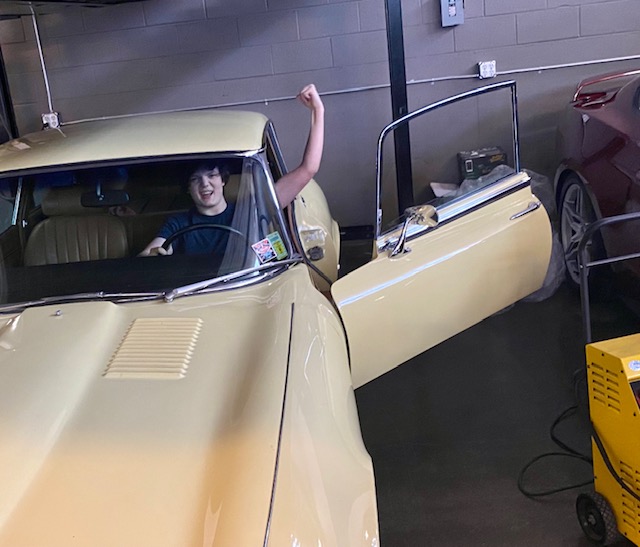
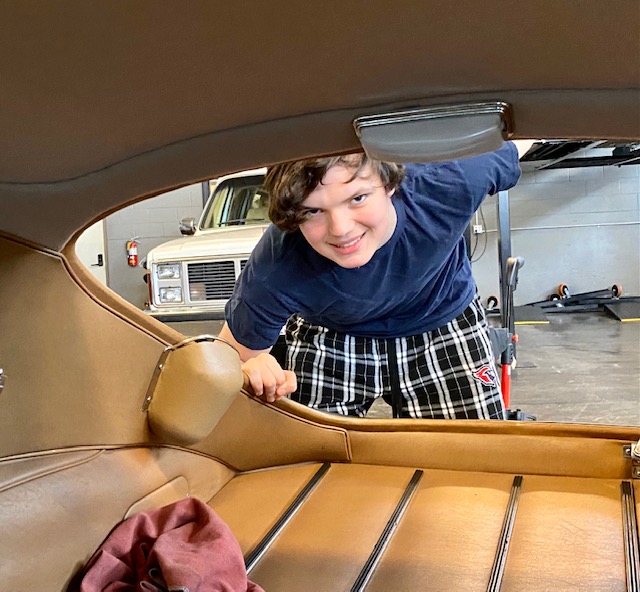
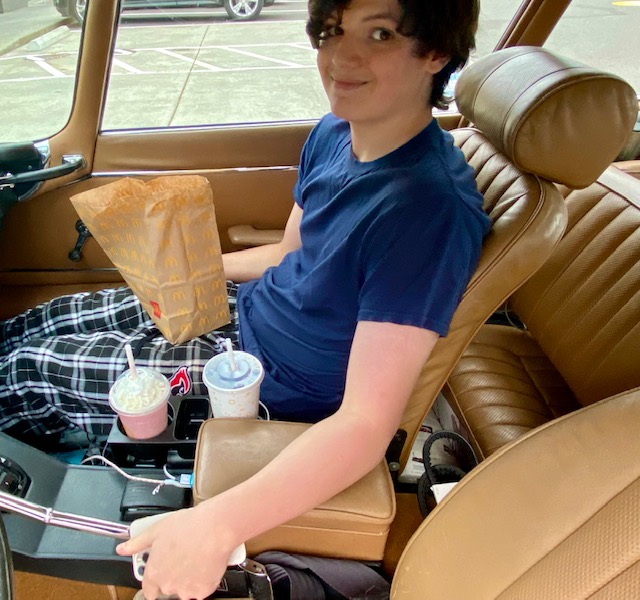
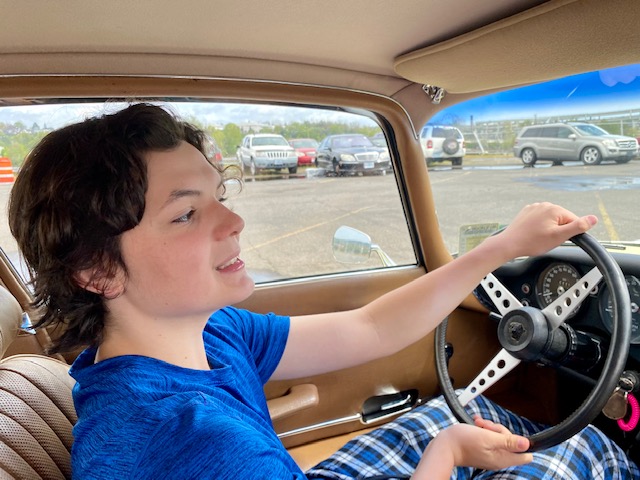
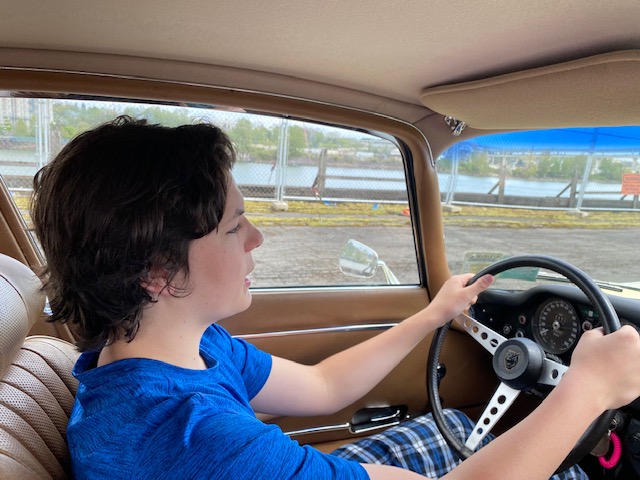
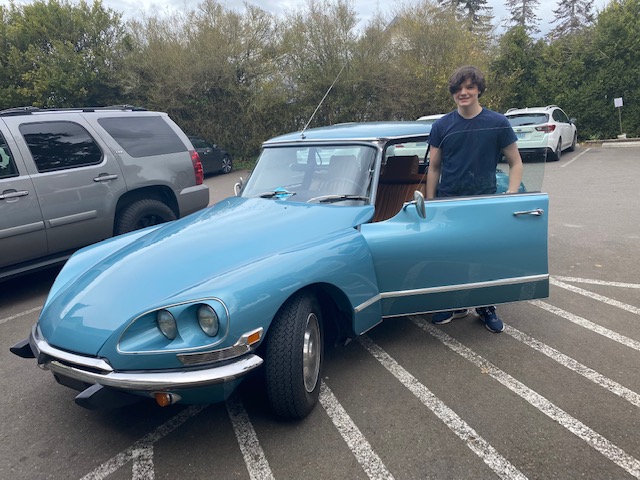
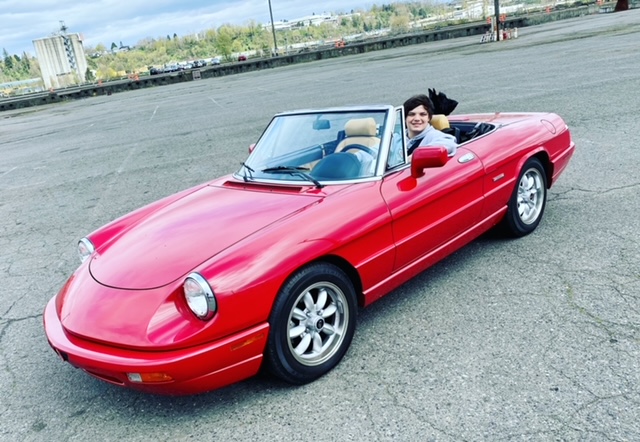


7 responses to “Keith’s Blog: Drive First, Shift Later”
I went through the same process with my daughter, but she was the one who figured it out. She requested an automatic first, and then moved on to a manual later. Pretty smart
Having taught my own 3 kids to drive stick (which they currently continue to drive into their mid-30’s) I can appreciate the issues with teaching (the teeth gnashing, the cursing), but I truly believe that driving a stick is safer for kids for a number of reasons – namely, they’re too busy to fool with the radio, their friends don’t know how to drive stick, so there are no strangers or unlearned people driving cars I’m responsible for, both of which save money when the almost inevitable accident happens.
I can proudly say that none of my 3 kids (oldest daughter, and 2 sons) have had an accident until well into their later 20’s (on their own insurance). All of this in hilly Seattle and suburbs.
Bottom line – I think it’s safer, which is a great trade-off vs. the few gnashed teeth and stress of teaching them early on. However, I do appreciate your POV.
And, congratulations on raising a new generation of car enthusiast – I have 1 serious enthusiast and 2 casual ones amongst my 3.
Steve Szirmai
The very fact that Bradley was driving a Jaguar says both you (it took a few decades to warm up to British marques) and he (now driving age) have come a long way. I see he has his father’s writing eloquence. How exciting. I hope we see more of it throughout the coming years. Happy motoring.
My son has wanted to drive our 65 Mustang 4 speed since he was old enough to talk. And now his son Oscar asks almost each day if he can go in the Mustang. My daughter is now the proud owner of a 62 Austin Healey Sprite and LOVES her relationship with the car. She’s no longer enjoying just the music from a radio, but enjoying the sounds of the exhaust, the engine, and finding just the right RPM’s and shift points. The smile on their faces as they get into these 50 plus year old vehicles can’t be duplicated. Their Subaru’s are excellent, but there’s nothing quite like the the relationship one has driving an old car and going through those gears!
Have always interjected the science of manual shifting is quietly seeing its’ demise. Just last night a 50year old new old car owner of a ‘06 Ford GT “Heritage” edition crash into a palm tree taking out a 1/3d of the car. He claims other issues but can plainly see it was his no-knowledge of manual transmissions. It may be correct about learners being better drivers learning automatic driving prior to manual tranny driving. I grew up on a farmette of 20 acres where a Jeep was needed to haul around “stuff. At age 12, mastered the 3spd on the floor. The rest Is history.
An opportunity to experience all those wonderful analog cars? Bradley is one very lucky young man! Keith, I think you are on the right track starting out with auto trans cars and then introducing manuals after basic driving skills are acquired.
I wish my father had allowed me to start out my driving lessons in our 1966 Ford Galaxy automatic rather that our 1969 Ford F 100 360cu. V8 with “three in the tree”. Maybe there would have been less friction between us had I not been forced to master the torquey three pedal truck before being allowed to drive sedate sedan. My dad was a wonderful man but he was not the most patient teacher and I not the most receptive student. But we survived and to this day I prefer a manual to an automatic.
I am currently going through this same experience with my daughter. However, I am having trouble with finding a stick for her to try out first. I currently have my SRT-Viper Truck and although it shares so much of it’s cousins DNA, the clutch is a truck clutch and I don’t wish that on anyone. I remember learning stick for the first time with a 3 on the tree F100. I was not eager to drive a stick right away after that. I am hoping that a upcoming trip to see the folks this summer may also include some time in my buddy’s 67 bug. The most forgiving stick in the world for me has always been found in a bug.
I will also share that we brought her a 91 4×4 ranger last year. It is a great one owner and highly maintained example that we both have fallen in love with. I am surprise when we drive her Mom’s newer Acura, that she would rather be driving the Ranger since it allows her to feel more of the road and actually driving to meet those demands.